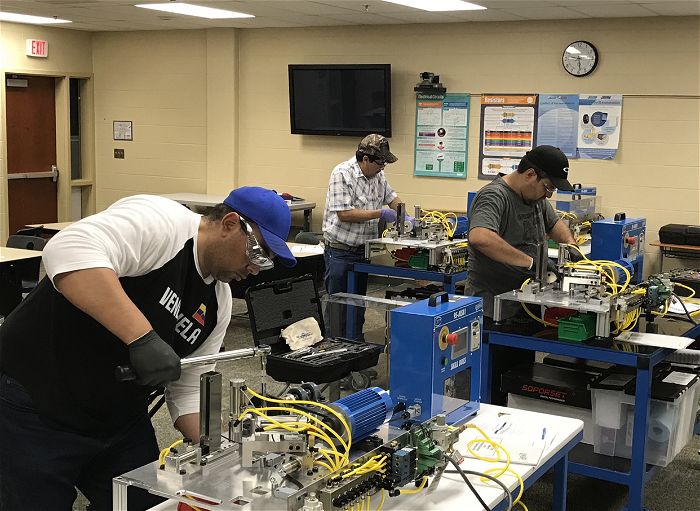Before COVID-19 caused widespread job losses, bilingual manufacturing training programs like GOAL offered limited English proficient (LEP) individuals on-ramps to rewarding careers. Good jobs were available because there was a labor shortage and employers were struggling to find qualified workers. Many manufacturers had identified hiring and developing people from LEP populations as an effective way to build talent pipelines. Indeed, in a 2005 study conducted by the U.S. Department of Labor’s Employment and Training Administration, small and midsize manufacturers predicted that future pools of managerial candidates would be made up of current workers with limited English proficiency.
Now that unemployment rates are soaring, programs like GOAL will still play an important role (particularly with its equity focus), even though employers are no longer facing a labor shortage. Enrollment in education and training programs tends to increase during times of high unemployment. However, while education is often touted as the key to economic mobility, the U.S. postsecondary system can sometimes reinforce inequality because college is out of reach for many people.
This moment has created an opportunity to overhaul the U.S. education and workforce systems so that they no longer reinforce inequality. With its promising practices and initial track record of success, the GOAL program can serve as a model that inspires bold leaders to take a new approach to training—one that is more equitable and more inclusive. The opportunity to seize this moment and make the structural changes that will dramatically shift outcomes for people of yet unrealized talent is upon us.



